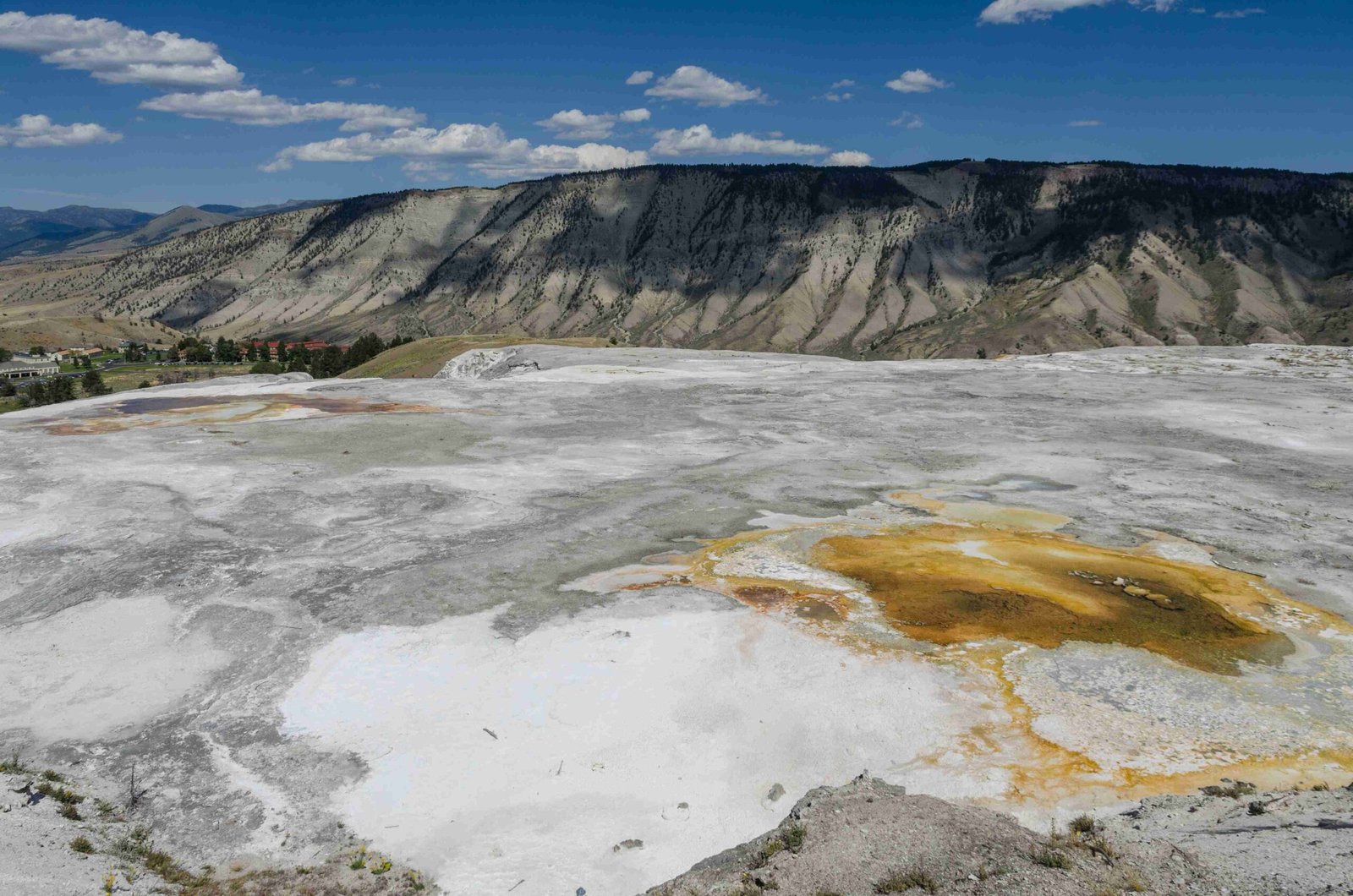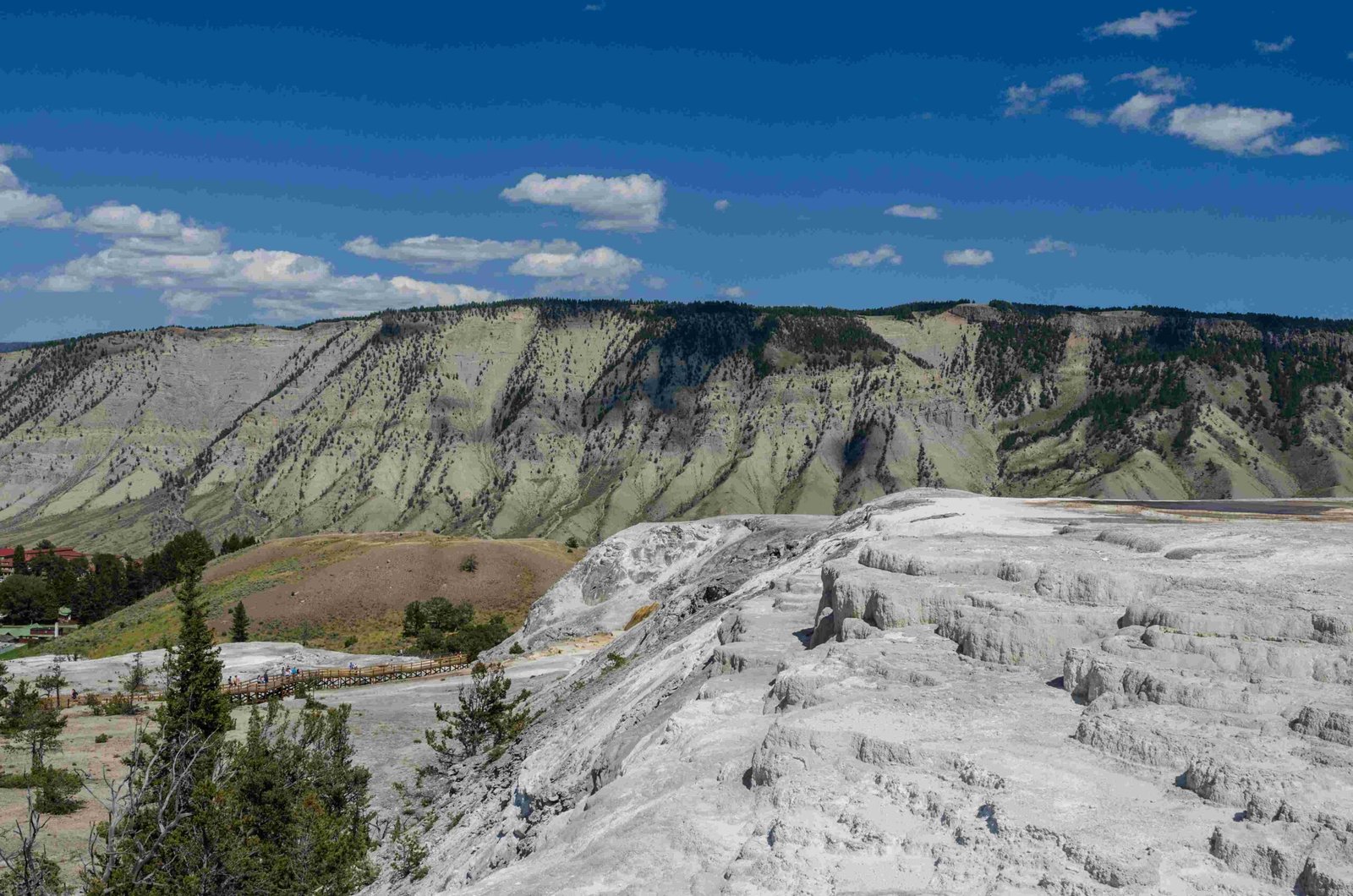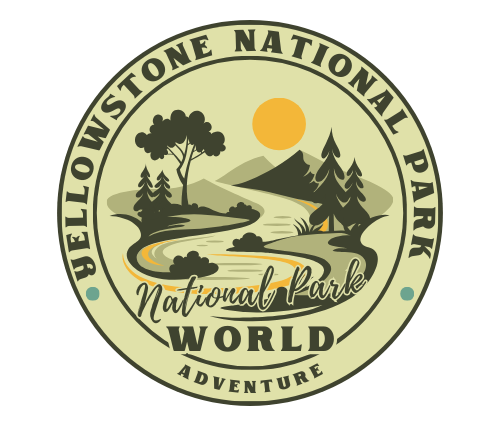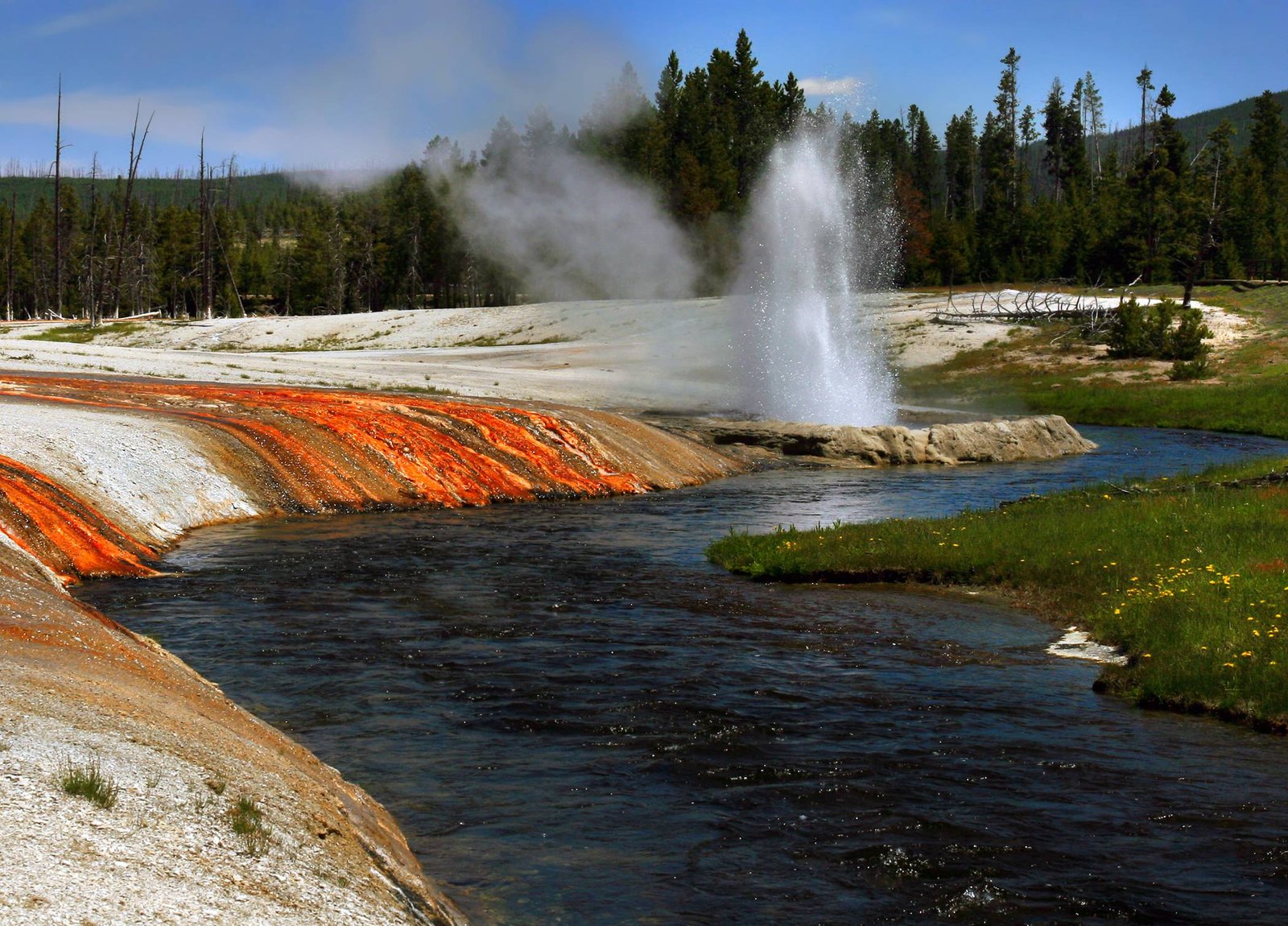Climate change is significantly altering Yellowstone National Park’s ecosystems. Rising temperatures, shifting seasons, and changing precipitation patterns are affecting wildlife, vegetation, and water resources. The park has experienced a 2.3°F temperature increase since 1950, earlier spring thaws, and a longer growing season. These changes are impacting species distribution, migration patterns, and overall ecosystem balance in this iconic American landscape.
What Are the Key Temperature-Related Changes in Yellowstone?

The temperature rise in Yellowstone National Park has led to several significant changes:
- Average temperature increase of 2.3°F since 1950
- Most pronounced warming at elevations above 5,000 feet
- Spring thaw starting several weeks earlier
- Peak annual stream runoff occurring 8 days earlier than in 1950
- Growing season extended by nearly two weeks
These changes are having far-reaching effects on the park’s ecosystems, influencing everything from plant growth to animal behavior.
How Is Wildlife Adapting to Climate Change in Yellowstone?

Wildlife in Yellowstone is showing various adaptations to the changing climate:
- Behavioral Changes:
- Altered migration patterns for species like bison and pronghorn
-
Changes in habitat use due to shifting snow cover and temperatures
-
Physiological Adaptations:
-
Researchers are studying bison diets to understand physiological responses to warming
-
Population Dynamics:
- Wetland species facing challenges in breeding and feeding habitats
- Potential shifts in predator-prey relationships due to changing ecosystems
What Are the Measurable Changes in Yellowstone’s Water Resources?
Climate change has significantly impacted Yellowstone’s water resources:
| Water Resource | Observed Change |
|---|---|
| Stream Discharge | 89% decline in Central Rocky Mountains (1950-2010) |
| Stream Temperature | Increase of 1.8°F over the past century |
| Annual Snowfall | Decline of nearly two feet since 1950 |
| January Snowfall | 53% reduction |
| March Snowfall | 43% reduction |
These changes in water resources are affecting aquatic ecosystems, native fish spawning, and increasing the risk of wildfires.
How Are Yellowstone’s Ecosystems Shifting Due to Climate Change?
Yellowstone’s ecosystems are undergoing several shifts:
- Plant Communities:
- Changes in grassland composition
- Expected shift to less dense, more patchy forests
-
Potential migration of new tree species like Ponderosa pine
-
Invasive Species:
- Likely increase in prevalence due to ecosystem disruptions
-
Potential threats to native species and habitats
-
Food Web Impacts:
- Mismatches in timing of species interactions
- Alterations in predator-prey relationships
- Disruptions in nutrient cycles
What Are the Implications for Yellowstone’s Iconic Features?
Yellowstone’s famous features are not immune to climate change:
- Geothermal Features: Potential changes in geyser activity and hot spring characteristics due to altered groundwater patterns
- Forests: Increased risk of wildfires and insect infestations
- Rivers and Lakes: Changes in water levels, temperature, and aquatic ecosystems
- Wildlife: Shifts in habitat ranges and population dynamics of iconic species like grizzly bears, wolves, and elk
How Is Yellowstone National Park Responding to Climate Change?
Yellowstone National Park is taking several steps to address climate change:
- Research and Monitoring:
- Extensive studies on climate impacts on various ecosystems
-
Long-term monitoring of key species and environmental indicators
-
Adaptation Strategies:
- Developing plans to protect vulnerable species and habitats
-
Implementing fire management strategies to address increased wildfire risk
-
Education and Outreach:
- Informing visitors about climate change impacts and conservation efforts
-
Engaging local communities in climate adaptation initiatives
-
Sustainable Practices:
- Implementing energy-efficient technologies in park facilities
- Promoting sustainable transportation options within the park
What Can Visitors Do to Help Mitigate Climate Change Impacts in Yellowstone?
Visitors to Yellowstone can contribute to climate change mitigation:
- Use sustainable transportation options within the park
- Practice Leave No Trace principles to minimize environmental impact
- Participate in park-led educational programs about climate change
- Support conservation efforts through donations or volunteer work
- Reduce carbon footprint during travel to and from the park
By understanding and addressing the impact of climate change on Yellowstone National Park, we can work towards preserving this unique ecosystem for future generations.
References:
1. Yellowstone and Warming: An Iconic Park Faces Startling Changes
2. Climate Change in Yellowstone: Understanding the Home on the Range
3. Changes in Yellowstone Climate

